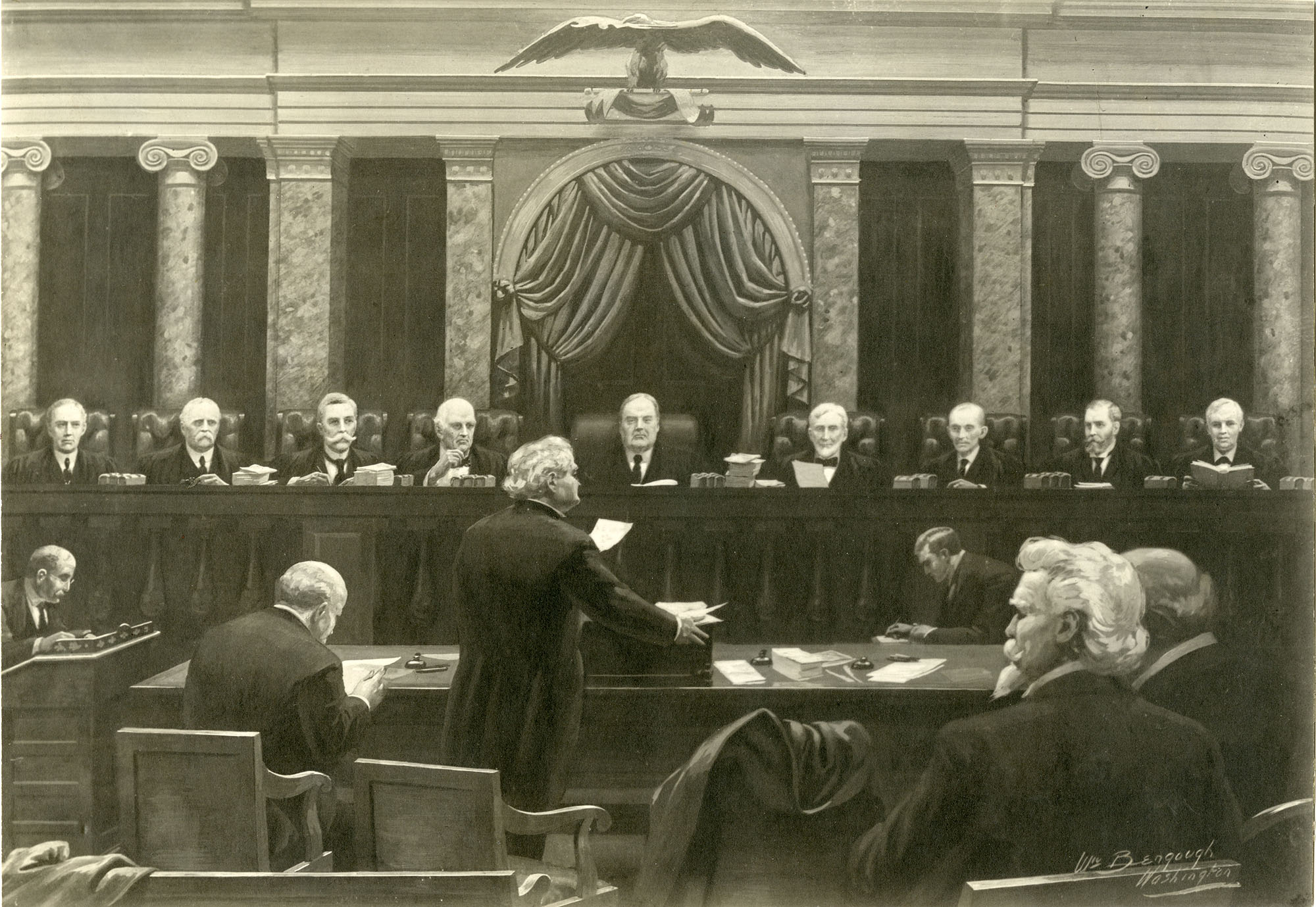The Individuals with Disabilities Education Act (IDEA) promises children with disabilities appropriate educational opportunities in the “least restrictive environment.” The least restrictive environment standard is thought to protect students with disabilities from excessive state control (like Randall McMurphy’s victimization by the overly strict mental hospital in One Flew Over a Cuckoo’s Nest).
Whatever the initial justification for the least restrictive environment standard, I would hypothesize that it is more often used against children with disabilities than it is used on their behalf. Rather than protect disabled children, the standard is used against parents in IDEA litigation justify public schools’ providing disabled students the least supportive environment.
To evaluate this hypothesis, I would select a random sample of federal IDEA litigation. This wouldn’t be a random sample of all disabled students (or their families), but it would be representative of IDEA disputes between parents (on behalf of their disabled children) and public schools. For these cases, I would identify whether (a) parents want their child in a less restrictive setting than the school does, or (b) parents want their child in a more restrictive environment than the school does.
If data support my hypothesis that the “least restrictive environment” standard is actually used against disabled children more often than it is used on their behalf, it would show that the standard has the opposite effect of what it is thought it do. It would show that the standard is used to deny educational opportunities to disabled children more often than it is used to protect them.



